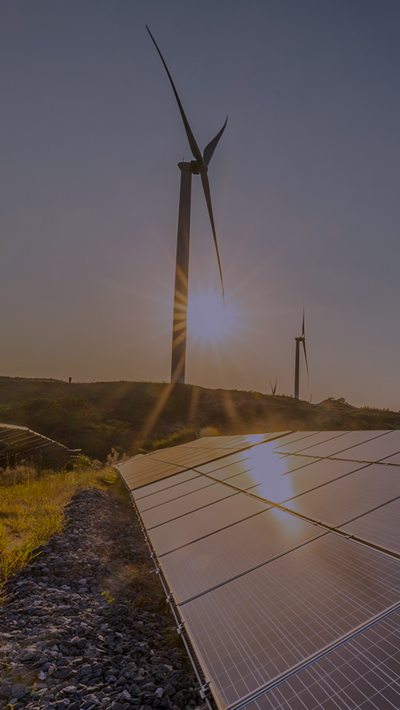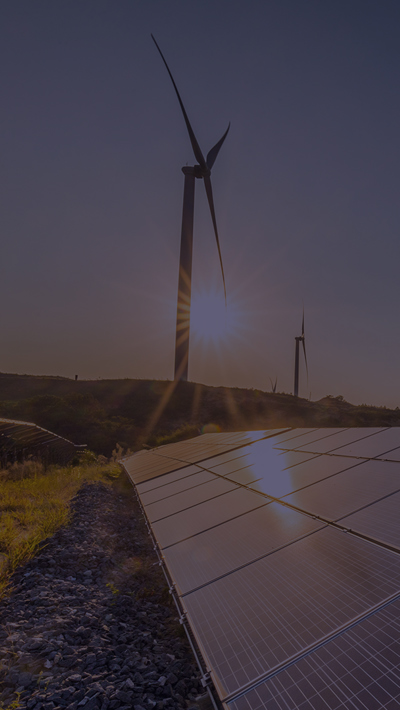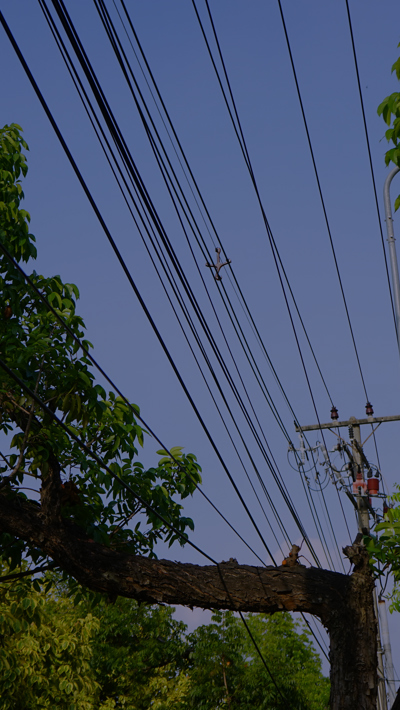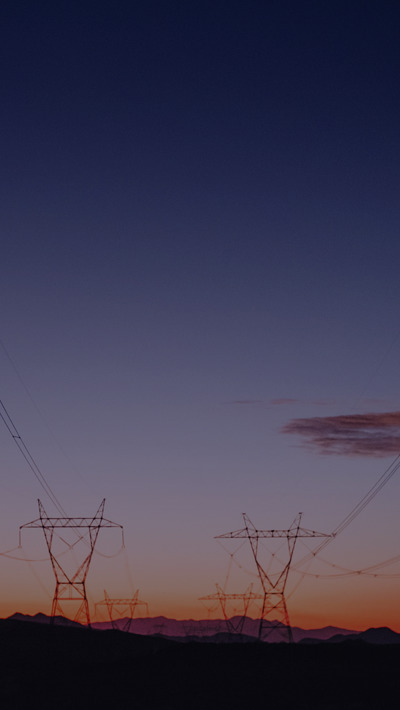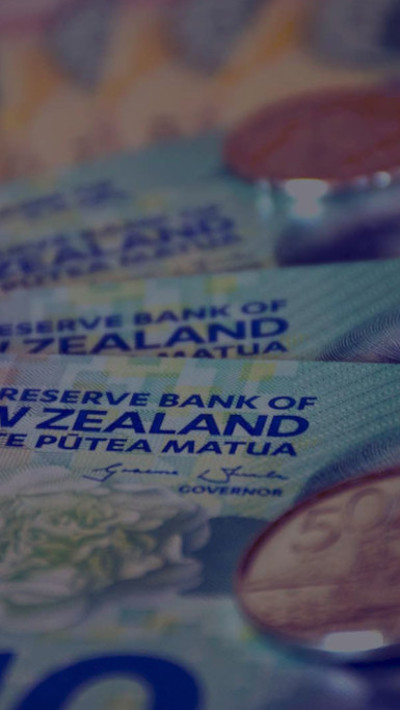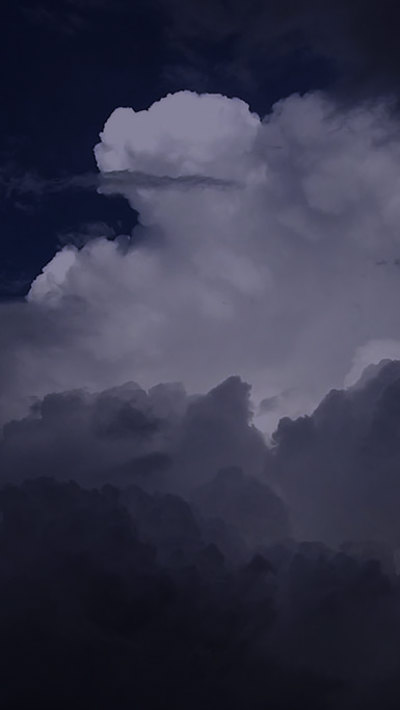Contents
The quality of the consenting framework for new renewable electricity generation will be an important determinant of how quickly New Zealand is able to achieve carbon zero, so it is appropriate that this is an area of current political and policy focus.
But the large electricity generators, Transpower as system operator, and (less enthusiastically) the Electricity Authority (EA) are occupied with a much more immediate challenge – how to keep the lights and the heaters on during cold snaps when demand exceeds supply. And as we jaunt through June toward the heart of winter, the sense of urgency is building.
This will remain an issue as the economy electrifies and New Zealand builds sufficient renewable capacity to handle sharply rising usage, including through dry, still, cold nights. How long that will take is anybody’s guess.
- On the plus side is that Transpower is currently receiving one to three applications a day to join the grid where it used to receive this number in a year. Access to existing grid capacity is on a first-in/first-served basis, with key sites already becoming constrained – Taranaki for wind, Northland for solar.
- On the minus side is that the first mover disadvantage has yet to be fully resolved. As we discussed in our 2022 Infrastructure Trends and Insights publication, Transpower consulted last year on creating Renewable Energy Zones, as used in Australia and the US, to coordinate new investment - but the initiative doesn’t seem to be going anywhere. The decision is not Transpower’s to make or to implement. The policy would need to be written by the Ministry of Business, Innovation and Employment with the EA as the logical regulator.
The intermittent nature of renewable generation will mean a continuing role for coal and gas, even though they sit awkwardly with the Government’s zero carbon goals and are not always available to the market when needed.
It can take hours to fire up thermal plant, meaning that generators have to decide well ahead of time whether to take the risk, and if they guess wrong, they cannot recoup their costs as they are only paid if their generation is actually dispatched. When the lakes are full and the wind is blowing, bringing Huntly on stream doesn’t seem like a good bet. Conversely, if that generation isn’t ready to go and the unexpected happens, the market can get very tight very suddenly and the only lever remaining to Transpower at short notice is to ask customers to shed load.
The CEO Forum (comprising the CEOs of the big players in the New Zealand electricity sector) wrote to the EA in December about this “commitment problem”, proposing a “multi-hour winter peak ancillary services product” which would allow Transpower to directly procure demand response outside the wholesale market to manage winter peaks.
This would provide Transpower with an additional tool to deal with periods of short supply. The downside is that it would not be integrated with the wholesale market and so could distort price signals.
This potential price effect caused the EA to reject the Forum proposal, although it has made other Code changes designed to improve the way the market functions by increasing the information available to market participants and to Transpower. Those improvements, however, won’t eliminate the real risk of a grid emergency this winter, prompting Transpower recently to reiterate its concerns in a public statement. The EA, in response, says that its initiatives will enable the market to “efficiently manage situations this winter”.
There does now appear to be consensus between the EA and market participants about the nature of the problem we face. But the EA and industry appear to differ on either the magnitude of that risk, or their tolerance for it. Ultimately the question is what level of supply risk are we prepared to accept to maintain the integrity of price signals under our existing wholesale market mechanism?
Transpower’s analysis of the problem makes that trade-off transparent, but it is the EA that has to make the judgement – should it continue to prioritise the purity of wholesale market price signals if that threatens reliability of supply this winter?


























